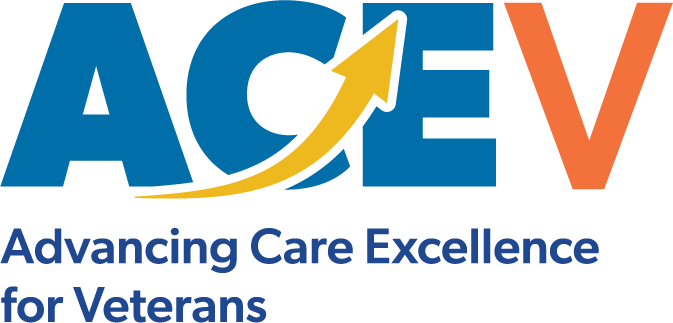- ACE Partners
-
ACE.S
- ACE.S Unfolding Cases
-
ACE.S Teaching Strategies
- professional-development-programs|teaching-resources|ace-s|teaching-strategies|aces-knowledge-domains|complexity-of-care|teaching-oral-health-care-for-older-adults
-
professional-development-programs|teaching-resources|ace-s|teaching-strategies|aces-knowledge-domains|complexity-of-care
- Elder Abuse in the United States
- Geriatric Syndromes
- Mental Health Needs of Older Adults
- Student-Led Geriatric Nursing Conference: Evidence in Practice
- Teaching Oral Health Care for Older Adults
- Using Case Study Betsy to Understand Down's Syndrome & Dementia
- Using Cinema to Enhance Teaching Issues Related to Older Adults
- Using the Monologue of Doris Smith to Understand Situational Decision-Making
-
professional-development-programs|teaching-resources|ace-s|teaching-strategies|aces-knowledge-domains|vulnerability-during-life-transitions
- Caring for the Caregiver
- Caring for the Older Adult at Risk for Falling
- Coordinating and Managing Care During Transitions Among Care Settings
- End-of-Life Decision Making for Older Adults: Competent and Compassionate Care
- Myths of Aging
- Using Continuing Care Retirement Communities to Enhance a Better Understanding of Older Adults
- professional-development-programs|teaching-resources|ace-s|teaching-strategies
- ACE.S Framework
- ACE.S Development & History
- ACE.S Additional Resources
- ACE.S Video Library
-
ACE.Z
- ACE.Z Unfolding Cases
-
ACE.Z Teaching Strategies
- Application of the 2019 Beers Criteria in Practice
- Caregiver Strain with Alzheimer's Dementia
- The Disease Mechanism of Alzheimer's Dementia
- Managing Behaviors Associated with Alzheimer's Dementia
- Oral Health and Alzheimer’s Disease
- Recognizing Dementia, Delirium and Depression in Older Adults
- Supporting a Couple When One Has Dementia
- ACE.Z Framework
- ACE.V
-
ACE.D
- ACE.D Framework
- ACE.D Unfolding Cases
- ACE.D Teaching Strategies
-
ACE.D Additional Resources
- Aging with a Disability
- Assessment of a Person with Disability Checklist
- Brief Historical View of Disability and Related Legislation
- Communicating with People with Disabilities
- Definitions Related to Disability
- Guide for Integrating Standardized Patients with Disabilities in Nursing Curriculum
- Guide for Integrating Standardized/ Simulated Patients with Intellectual and Developmental Disability in Nursing Curriculum
- Overview and Introduction to Disability
- Pregnancy in Women with Disabilities
- Inclusion of Disability in Nursing Education: Rationale and Guidelines
-
ACE.P
-
ACE.P Teaching Strategies
- Adolescent Substance Use Disorder
- Anxiety, Depression, and Suicide in the Adolescent Population
- Children with Chronic Conditions: Impact on Families
- Developing a Nutrition Education Program for Children/Adolescents with Eating Challenges
- Immunization Challenges with Migrant Children
- Nurse’s Role in Caring for Children of Parents With Opioid Use Disorder
- Oral Health in Children: The Role of the Nurse in Community Settings
- Pediatric Mental Health Stressors Related to Migration
- Unintentional Injury Prevention in the Pediatric Population – Risk Identification and Education
- ACE.P Framework
- ACE.P Unfolding Cases
- ACE.P Video Library
- Pediatric Adversity and Early Brain Development Toolkit
- ACE.P Additional Resources
-
ACE.P Teaching Strategies
-
ACE.C
- ACE.C Unfolding Cases
-
ACE.C Teaching Strategies
- Family-Centered Communication Strategies in Family Caregiving
- Positive Aspects of Family Caregiving
- Supporting Millennials Providing Care for an Older Adult
- Technology Support for Caregivers of Older Adults: Exploring Gerontechnology and Health Policy/Research Implications
- Using the Emma Stracener Case Study to Examine Technology Support Options for Caregivers of Older Adults
- ACE.C Framework
- ACE.C Additional Resources
- ACE+
With generous support provided by Laerdal Medical, the NLN developed comprehensive unfolding cases and teaching strategies to focus on veterans and family members suffering from post-traumatic stress disorder, traumatic brain injury, and a host of related physical, mental health, and social ills associated with combat. ACE.V emerged as the NLN’s contribution to the Obama-Biden initiative, Joining Forces (2012), marshaling the best teaching resources and tools for nurse educators to access in preparing the next generation of nurses to care for this unique population of military men and women and their families. The authors of the ACE.V unfolding cases and teaching strategies, nurse educators who are either veterans themselves or working with veterans, created the resources to highlight the unique health care needs related to military service.


